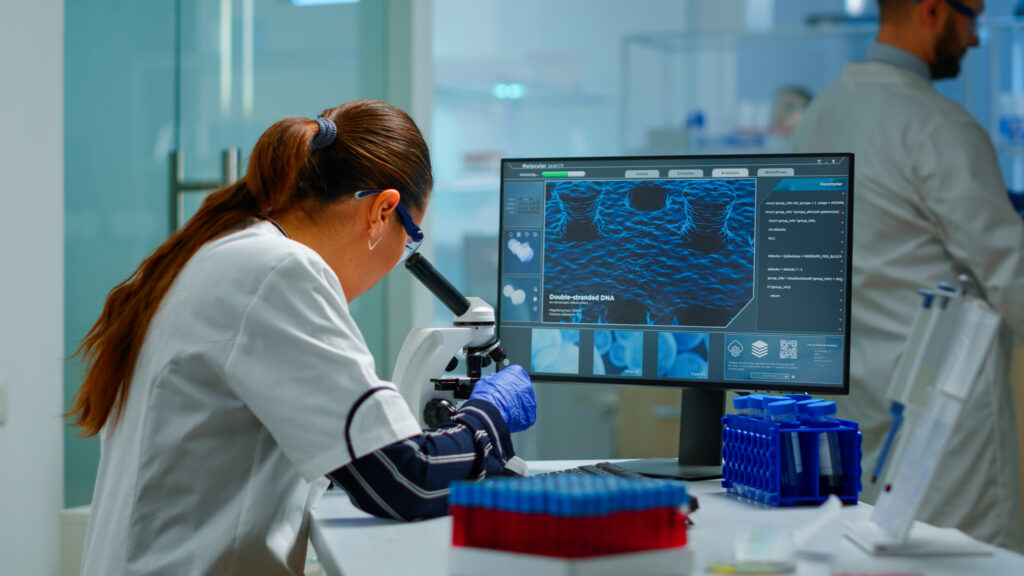Microbial analysis is important in many industries, including healthcare, food safety, environmental monitoring, and industrial. Microbial analysis must be accurate and trustworthy to detect and then quantify microorganisms, assess potential dangers, and implement suitable management measures. However, microbial analysis is not without difficulties, and various typical errors might jeopardize the accuracy and validity of the results.
In this post, we will look at five typical microbial analysis problems to avoid, as well as practical remedies and best practices to ensure reliable and useful results. Researchers, scientists, and professionals can improve the quality and integrity of their microbial analysis by identifying and resolving these hazards, ultimately leading to enhanced safety, quality, and effectiveness in a variety of industries.
Importance of Accurate Microbial Analysis
Microbial analysis is critical because it has a direct impact on public health, product quality, and environmental safety. Incorrect results might have major effects, such as food poisoning, inadequate medical treatments, or environmental contamination. These errors can hurt individuals, businesses, and the community as a whole.
Accurate microbial analysis is especially important in a variety of businesses. It aids in the enforcement of food safety standards, controlling and managing microbial issues in industrial processes, and preventing issues in the food industry. Microbial analysis in healthcare settings aids in the diagnosis and treatment of infections, hence limiting the spread of antibiotic-resistant bacteria. Furthermore, industries such as pharmaceuticals and biotechnology rely on precise microbial analysis to ensure product safety and efficacy. As a result, reliable microbial analysis is critical for maintaining consumer trust and industry standards.
Common Mistakes to Avoid When Conducting Microbial Analysis
Mistake 1: Inadequate Sampling Techniques

To avoid such errors, it is critical to adhere to the best sampling techniques and utilize the manufacturer’s instructions from the test kits. Using sterile equipment, selecting an adequate sample size, and ensuring representative sampling over the full area of interest are important. Furthermore, adhering to established techniques and recommendations, such as those supplied by regulatory authorities, can assist in assuring microbial analysis accuracy and dependability.
Mistake 2: Poor Sample Storage and Transportation
Poor sample preservation and transportation is another major blunder in microbial analysis. Improper conditions can result in contamination, microbial growth, and sample degradation. This can alter the results, rendering them useless or untrustworthy. Refer to the instructions in each box for proper testing.
It is critical to follow correct storage and transportation requirements to avoid compromising the integrity of samples. This usually entails keeping proper temperatures, utilizing sterile containers, and limiting exposure to light and oxygen. Following these criteria ensures that samples are accurately kept, allowing for reliable microbial analysis later on.
Mistake 3: Incorrect Laboratory Techniques
In the lab, we’ve all made mistakes. These errors, whether caused by accidentally mixing up samples or failing to calibrate equipment, might threaten the accuracy and reliability of your microbial study. Some frequent laboratory mistakes to look out for include:
- Improper sample management: Improper sample handling can result in contamination or degradation, resulting in erroneous results. Make certain that proper sample collection, storage, and transportation procedures are followed.
- Inadequate sterilizing techniques: Contamination is a microbiologist’s worst nightmare. Failure to adequately sanitize equipment and workplaces can introduce undesired microbes, skewing your analysis. Remember that cleanliness is essential!
- Pipetting or Sampling inaccuracy: Precision is important when it comes to using pipetts. Take your time and evaluate your pipetting technique. If using a syringe to draw, make sure you get a representative sample taken.
Mistake 4: Failure to Use Appropriate Controls
Consider baking a cake without a recipe or tasting the batter as you go. It’d be a big risk, wouldn’t it? The same holds for microbial analysis. Controls are similar to your recipe and taste test in that they provide a baseline for comparison and ensure the validity of your results.
You can improve the reliability and validity of your results by including proper controls in your microbial study.
Mistake 5: Neglecting Data Quality Control
Data, like teenagers, may be unexpected. To preserve the integrity of your findings, it is critical to adopt data quality control methods in your microbial analysis.
Data quality control entails the following steps:
- Data validation: entails checking, validating, and comparing the acquired data to ensure its accuracy and dependability.
- Data verification: Assuring that data entry, calculations, and transformations are done correctly.
- Data integrity: Keeping the data comprehensive, consistent, and valid throughout the analysis process.
Remember that data quality control is an intrinsic element of the overall microbial analysis process, not an afterthought. You may depend on your findings with confidence if you pay close attention to data integrity.
Conclusion and Best Practices for Microbial Analysis
Microbial analysis is a complicated process, but avoiding the following frequent errors can assist in ensuring accurate and dependable results:
- Be aware of frequent laboratory errors, such as improper sample handling and insufficient sterilization measures.
- Use suitable controls to validate test performance, detect contamination, and track variability.
- Implement data quality control measures to validate, verify, and preserve your data’s integrity.
Recommendations for Successful Microbial Analysis
Here are some best practices for performing microbial analysis:
- Create and adhere to standard protocols for sample handling, sterilization, and measurements. Follow the recommended protocols.
- Continued training and supervision are required to ensure correct laboratory practices.
- Include adequate controls, both positive and negative, to confirm and monitor your analysis.
- Use data quality control measures, such as data validation and verification, to ensure the accuracy of your findings.
- Keep a log of samples taken and all the associated data.
You can undertake microbial analysis with greater confidence and acquire more accurate and dependable results by avoiding frequent mistakes and following these tips. Cheers to improved science and fewer microbial blunders!


